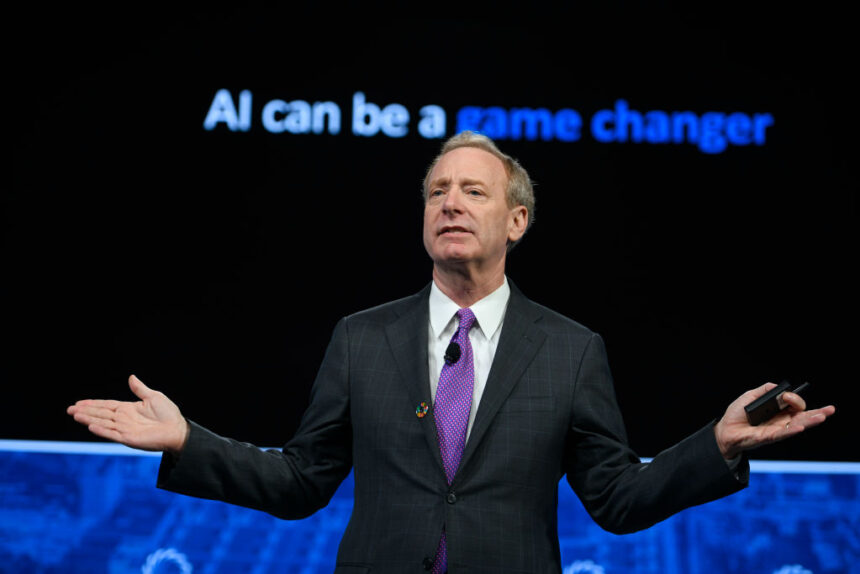What’s Happening & Why This Matters
Under increasing scrutiny over its investment in OpenAI, Microsoft is taking steps to show that it is committed to fair competition and open dialogue. Announcing an “AI Access Principles” framework at the Mobile World Congress, Microsoft president and vice chair, Brad Smith, detailed an eleven-point plan covering areas such as app store building, data access, cybersecurity, and customer flexibility in choosing cloud providers. Despite the non-binding nature of the principles, they are positioned to serve as a proactive measure in the event of formal regulatory investigations.
t/f Summary: What’s Next
The framework is a direct response to concerns about Microsoft’s investment in OpenAI, affirming the company’s commitment to ensuring open competition in the market. However, the announcement has come under criticism for the lack of opportunity for follow-up questions. The move demonstrates Microsoft’s concerted efforts to support openness and competition within the AI industry, while also addressing growing concerns about potential anti-competitive behavior related to its investment in OpenAI.


